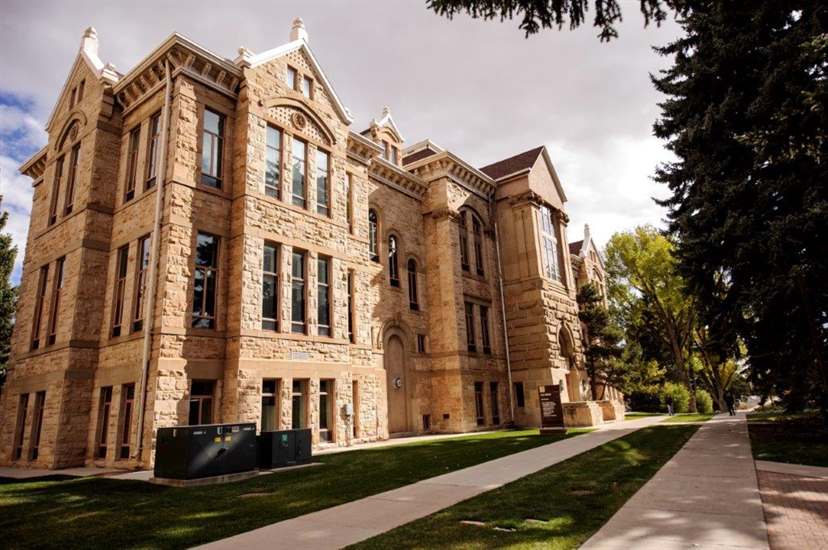News
UW students take part in NASA engineering challenge

The University of Wyoming has reported that recently a small group of engineering students were the first from Wyoming to be selected and participate in NASA’s 2022 Micro-g Neutral Buoyancy Experiment Design Teams (NExT) engineering design challenge.
According to UW, five undergraduate students in the UW College of Engineering and Physical Sciences, dubbed the Wyoming Space Wranglers, designed and built the Cowboy Claw, a lunar reusable surface anchoring device. Team members were Cameron Ball, from Colorado Springs, Colo.; Forrest Bucholz, of Alpine; Reese Romero, from Cody; James Sheets, of Powell; and Daniel Wenger, from Vale, Ore.
Students could choose to develop technology to solve one of three challenges. The challenges posed by NExT this year focused on the lunar surface extravehicular activity (EVA) operations of Artemis, NASA’s lunar exploration program. The three challenges involved designing an EVA sample size location calibration marker; an EVA sample bag and dispenser; and a lunar reusable surface anchoring device.
The Wyoming Space Wranglers participated in the third challenge. The objective was to design and manufacture an anchoring mechanism that is able to provide holding force on a variety of objects with different types of surfaces.
While appearing on Sheridan Media’s Public Pulse program, Director of The University of Wyoming’s Institutional Communications, Chad Baldwin, told listeners about the student’s invention, the Cowboy Claw.
According to UW, Micro-g NExT encourages undergraduate students to design, build and test a tool or device that addresses an authentic, current space exploration challenge. The experience includes hands-on engineering design, test operations and public outreach. Micro-g NExT provides a unique opportunity for students to contribute to NASA’s real-world missions, as the design challenges are identified by NASA engineers as necessary in space exploration missions.
To see the Cowboy Claw in action, click here.

